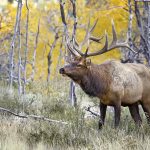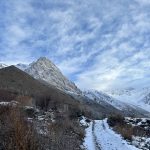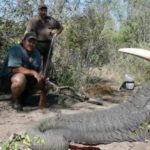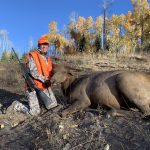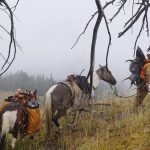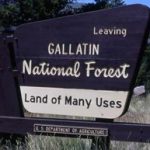Reflections on the fiftieth anniversary of the Wilderness Act.
My first wilderness elk hunt was ten years ago, but I still remember it vividly. There was the fourteen-mile horseback ride from the trailhead north of Missoula to the snug collection of canvas wall tents that formed our elk camp in the Scapegoat Wilderness. From this base, we rode out every morning—sometimes spending three or four hours coaxing our mounts up faint trails into backcountry canyons—and then tied the horses to logs or pine trunks. We spent the idyllic September days hiking up eight-thousand-foot peaks, bugling from canyon rims, and skidding down timbered slopes in search of elk.
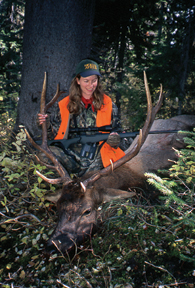
Fifty years ago, in 1964, the Wilderness Act created the mechanism to preserve areas like the Scapegoat and its better-known neighbor, the Bob Marshall Wilderness. In the act, lawmakers undertook to create a legal definition of wilderness, and they put it this way: “Wilderness, in contrast with those areas where man and his own works dominate the landscape, is hereby recognized as an area where the earth and its community of life are untrammeled by man, where man himself is a visitor who does not remain.”
When it was signed into law by President Johnson, the legislation designated 54 places spanning some 9.1 million acres as wilderness areas. Today there are more than 750 areas covering nearly 110 million acres.
“If future generations are to remember us with gratitude rather than contempt,” President Johnson said, “we must leave them something more than the miracles of technology. We must leave them a glimpse of the world as it was in the beginning.”
The idea of wilderness may not be as politically popular today as it was in September 1964, when the Wilderness Act passed Congress in a landslide, but it’s still a concept supported by hunters and nonhunters alike. Although wilderness is sometimes seen as “locked up,” it’s actually just the opposite. Unlike most private land today, these areas are open to all who possess the ability and motivation to get there, regardless of their economic circumstances. They’re open and available, but they’re not easy to get into—-that’s the whole point.
Wilderness has practical value as well. Areas that are “untrammeled by man” tend to be very good for wildlife. The space, breeding ground, and habitat for wildlife that wilderness areas provide helps create healthy wildlife populations that spill over onto the surrounding land, allowing more tags to be issued and more hunting opportunities to be created for all—-even those who never set foot on the wilderness proper.
True wilderness hunts are traditional, classic experiences that are nearly impossible to replicate elsewhere. Aldo Leopold probably said it best: “Wilderness areas are first of all a series of sanctuaries for the primitive arts of wilderness travel, especially canoeing and packing. I suppose some will wish to debate whether it is important to keep these primitive arts alive. I shall not debate it. Either you know it in your bones or you are very, very old.”
It was tough to ride out of the Scapegoat on the last day. My horse was ready to head back to the trailhead and easier living, and part of me was, too. Still, it would have taken very little persuading to get me to ride back to that wilderness camp and stay much longer. But we couldn’t do that, for the very reason that the place was so enticing: We were just visitors, and could not remain.

